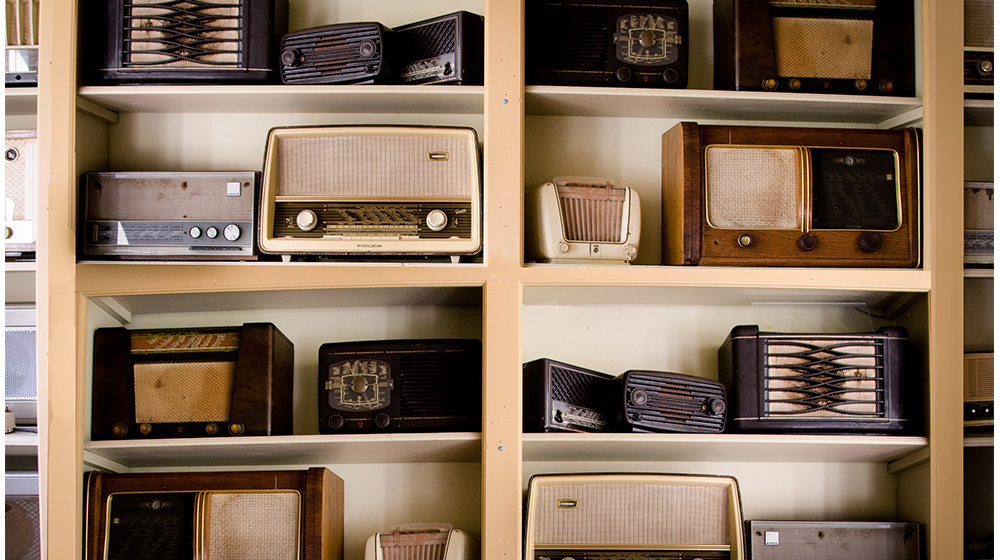How to choose background music for your videos
Music can enhance your videos, creating mood, adding to the message or story you are trying to convey, and generally giving your videos greater atmosphere and emotional reach. So how do you find good music for your videos?
We use music a lot in our work at Sonic Eye and we have a strong focus on finding great music content that’s different from everyone else’s. That’s one of the reasons I picked the name Sonic Eye for my business, I have a background in music and sound so it’s a nod to that history, and also to our focus on creating videos with full audio soundtracks, including music.
Music can enhance your videos, creating mood, adding to the message or story you are trying to convey, and generally giving your videos greater atmosphere and emotional reach.
So how do you find good music for your videos?
I think it’s always a good idea to start editing your video without music. Why? Music can disguise bad editing, or at the very least make your editing look better than it actually is. That’s how powerful music can be! It’s also too tempting to start cutting to the beat, like a music video.
In my view, it’s always better to get a good rough-cut together before you start to add your music content. As well as the distractions I’ve mentioned, once you’ve put your first edit together you may find that the tone, or ‘feel’ of the video has changed. Wait for your rough story-cut to show you the mood of the video, rather than dictating it by adding your music right at the start.
It’s also a good idea to leave the music until you’re sure your client (or family member/friend you’re making this video for) is going to like it. Re-cutting to a different track can be quite hard, especially if you’ve become attached to that track. So cut first, add music later.
That said, there’s no reason at all not to play music while you’re editing, I do it all the time. I’ll select a playlist that I know fits the general mood I’m trying to create, for example, my ‘Chill’ playlist if I want a relaxed or dreamy mood, or my ‘Action Jackson’ playlist if what I’m after is a high-energy cut.
I find that doing this also gives me ideas for what type of music to select. As I’m editing and a song starts playing, I sometimes know right away that this track has the exact ‘mood’ I’m looking for, or the reverse, that the music isn’t fitting the style I want.
So for example, if I’m editing a travel movie, action sequence or personal movie which I know is only for home-viewing, I could use a popular song with the right mood which I know fits my client’s tastes.
Instrumental music works best
It’s generally better to use instrumental music in your video editing, rather than rap songs or those with prominent singing. The reason is that songs both obscure the rest of the sound (making it hard to hear, particularly speech), and pin you down with the lyrics – do they fit what your video is about? The exception is in action sequences where there’s no conversation or sounds that you want or need to hear.
I’ve used songs with lyrics over snowboarding sequences and bicycle touring videos, where there’s a long enough action sequence for a song to run either in full or part of the song. If you do this, be mindful of what the lyrics are saying. Ideally, this needs to fit the mood you’re creating.
That’s another reason why instrumentals are much easier to work with. They tend to be easier to match to the footage you’re editing. Songs with a lyric give you two things that need to fit your video – the music style (pace, type of music) and the lyrics as well.
One way to source a lot of instrumental music is to buy a lot of film soundtracks, we have a pretty big collection of these here at Sonic Eye, as well as a lot of post-rock and ambient music, which is generally lyric-free.
Production Music
If you’re making a video for online sharing, or commercial or advertising videos, then your next step is to start searching for something that has the same kind of ‘feel’ to it in one of the many Production Music libraries available. Most of these are organised with descriptive words that you can use to find a track that’s just right, for example, ‘mellow guitar’ or ‘energetic rock’, and even by characteristics like location, for example ‘New York’.
There are even free music libraries out there, YouTube now has one, although in general the music on free services isn’t great, and they’re not so well organised. Be ready to spend a lot of time searching for the perfect track! If you have enough time or skills, you can even create music yourself using software like Ableton or Garageband.
Be aware that even if your video is for personal use only, you can’t play it in a public space (which includes sharing it online) if it contains copyright music, and you can’t use it for a private event without getting a music license.
By the way ‘royalty-free’ and sometimes ‘copyright free’ doesn’t mean free, and it doesn’t mean there’s no copyright at all.
If you’d like to find out more about basic music copyright rules, and how to cover your music use, please head our post on Everything you need to know about using copyright music in your videos.
- Thalia Kemp is the video editor at Sonic Eye video editing in Sydney, Australia

